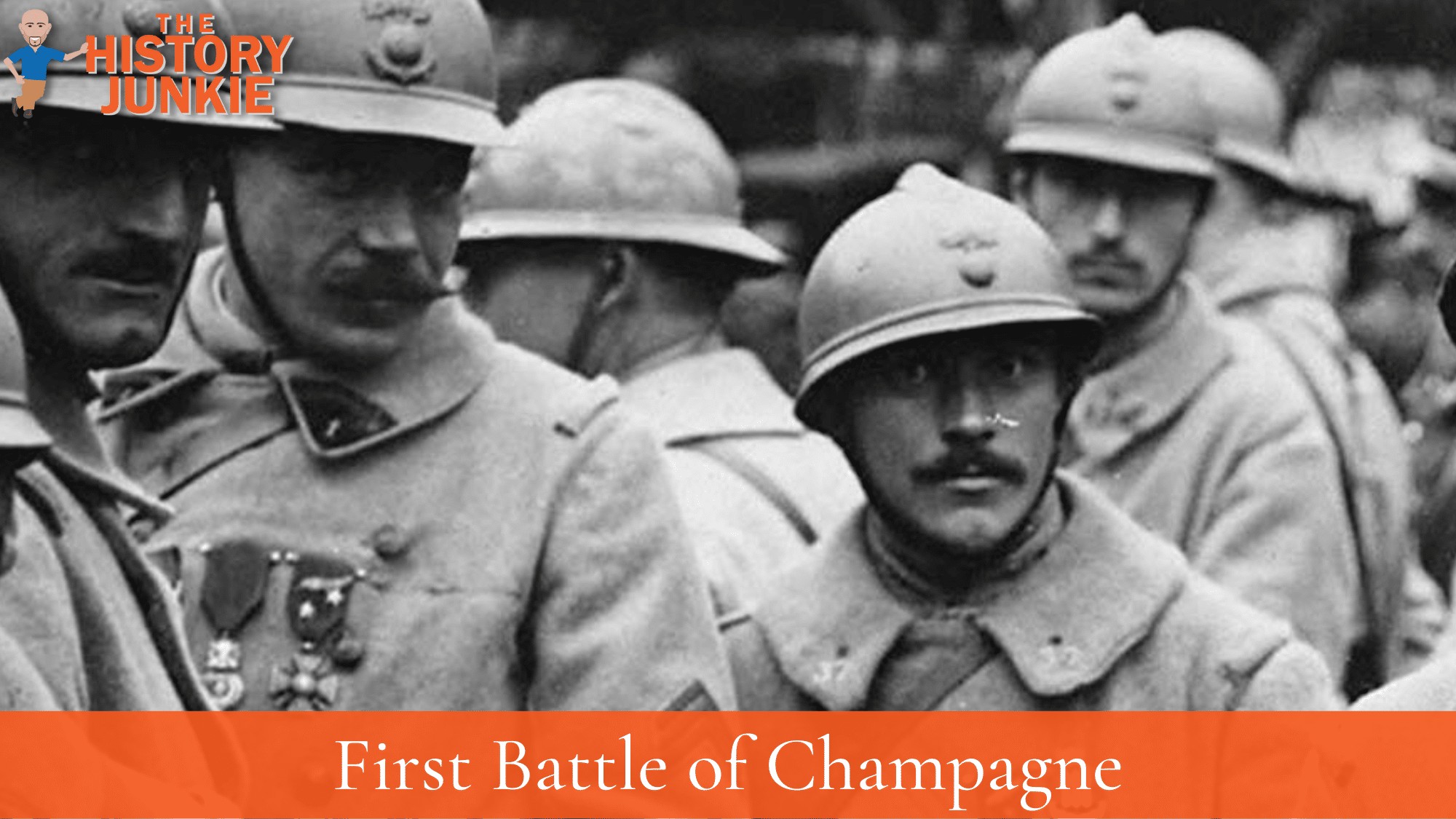The First Battle of Champagne was a major offensive launched by the French Army on the Western Front of World War I. It began on December 20, 1914, and ended on March 17, 1915.

The battle was fought in the Champagne region of France and was the second major offensive of the war, after the First Battle of Ypres.
The French commander-in-chief, Joseph Joffre, hoped to break through the German lines and end the war quickly.
He planned to attack the German Third Army, which was holding a salient in the French lines. Joffre also hoped to support the Russian Army, which was fighting on the Eastern Front.
The Fighting
The French attack began with a heavy artillery bombardment. The infantry then followed, but they were met by heavy machine gun fire from the Germans. The French made some initial gains, but they were eventually repulsed by the Germans.
The battle continued for three months, but neither side was able to achieve a decisive victory. The French suffered over 90,000 casualties, while the Germans lost an equivalent number.
The First Battle of Champagne was a costly failure for the French. It showed that the war would not be won quickly and that the Germans were well-entrenched on the Western Front.
The battle also led to a change in French strategy. Joffre abandoned his Plan XVII of attacking the Germans head-on and instead focused on wearing them down through a series of smaller offensives.
The First Battle of Champagne was a significant event in World War I. It was the first major offensive of the war, and it showed that the war would be a long and bloody one.
The battle also led to a change in French strategy, which would have a major impact on the course of the war.
